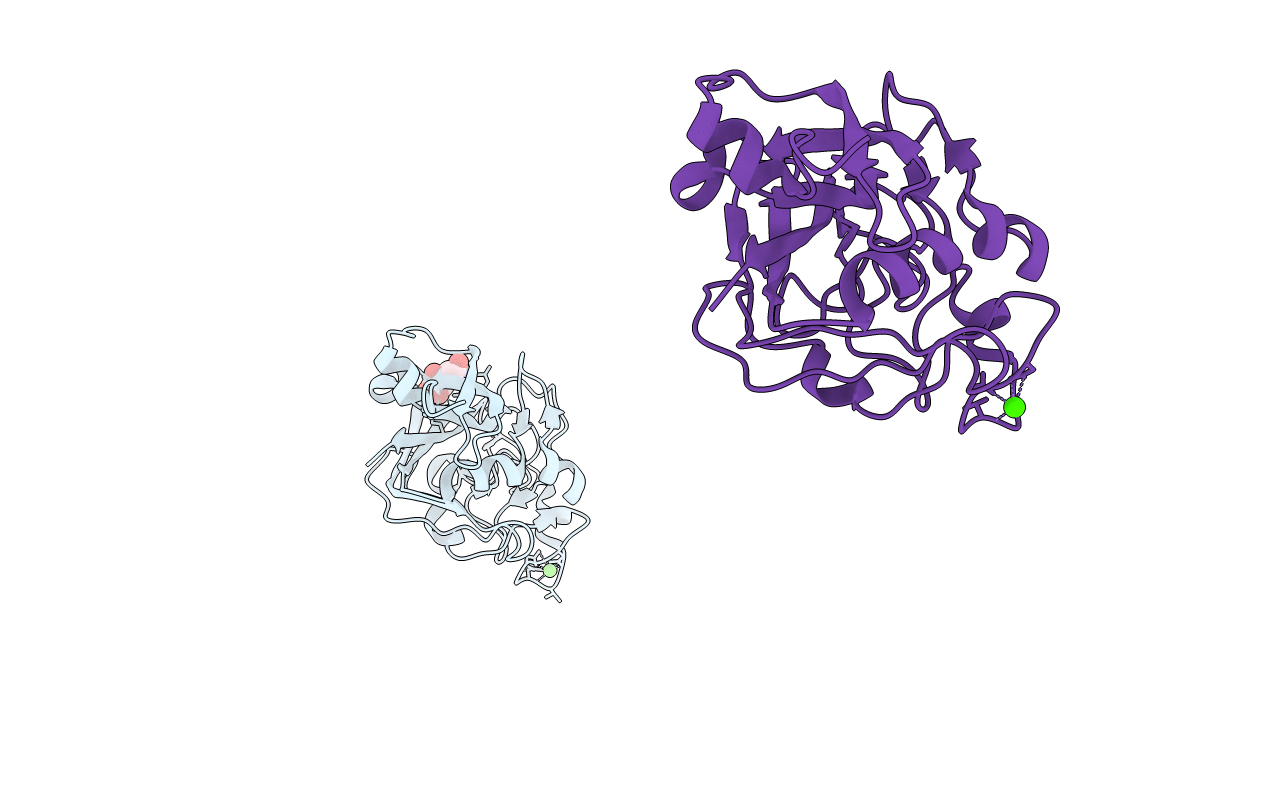
Deposition Date
2006-09-21
Release Date
2007-01-23
Last Version Date
2025-10-01
Method Details:
Experimental Method:
Resolution:
2.70 Å
R-Value Free:
0.29
R-Value Work:
0.20
R-Value Observed:
0.21
Space Group:
P 63


